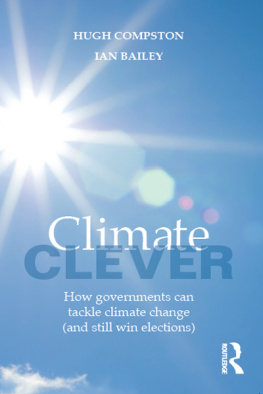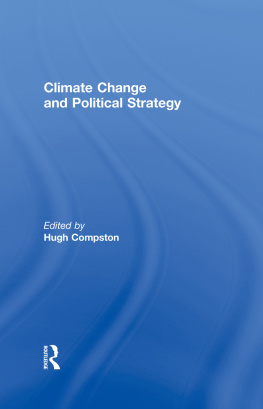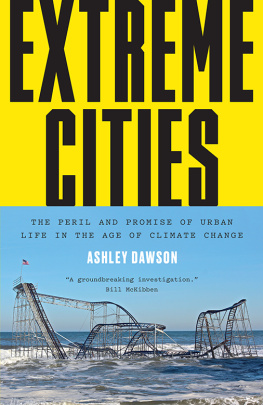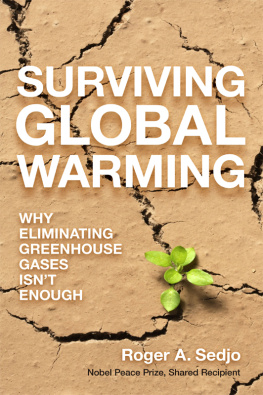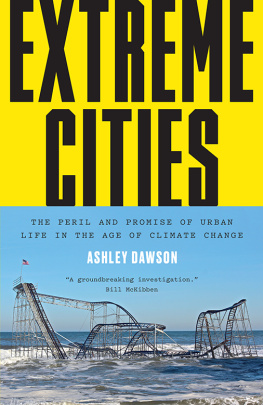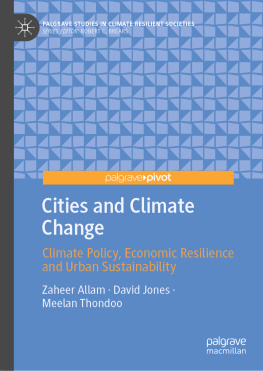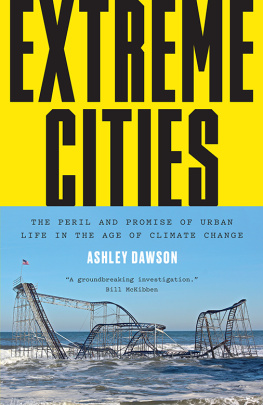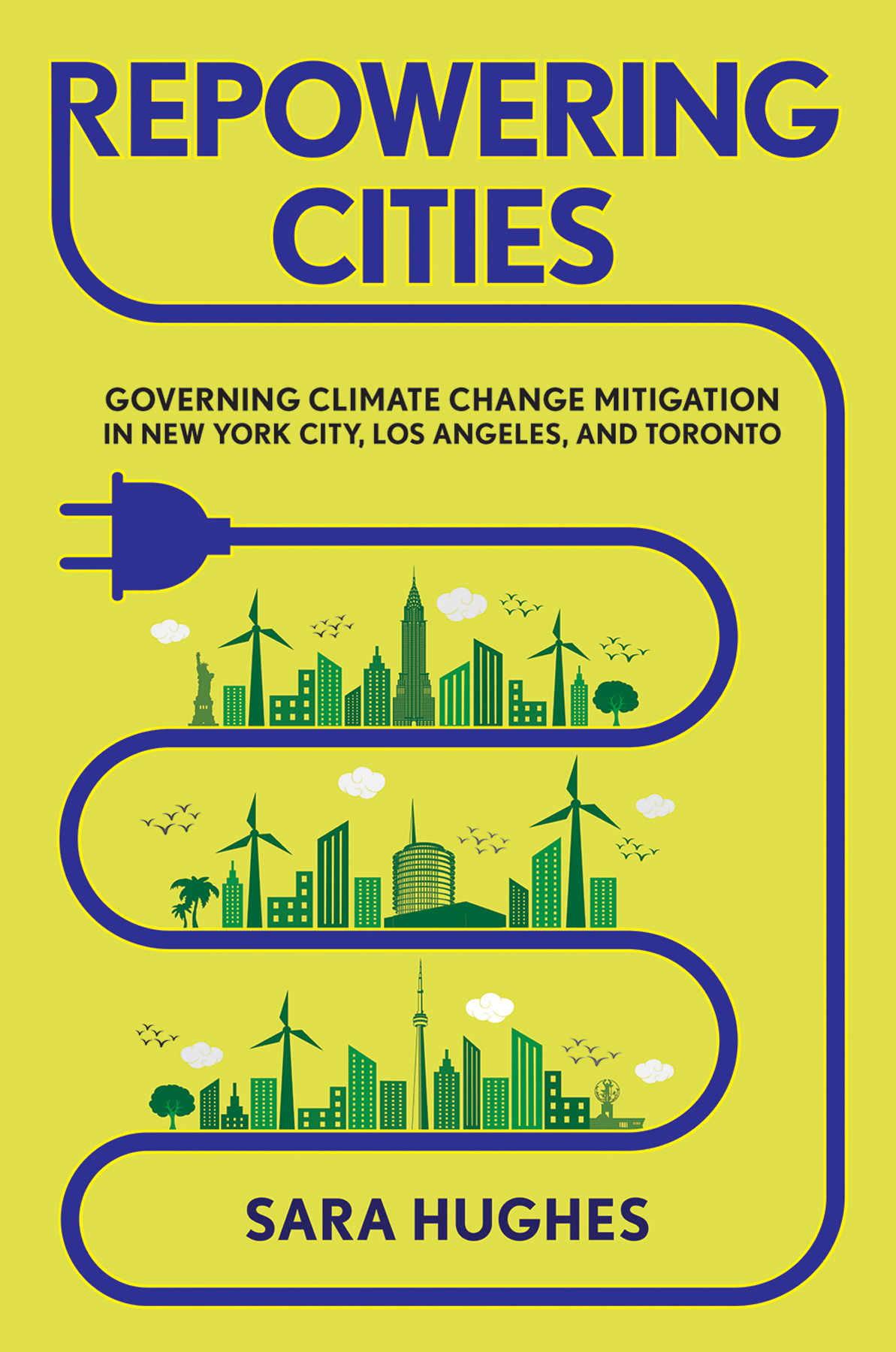Contents
Guide
Pagebreaks of the print version
REPOWERING CITIES
Governing Climate Change Mitigation in New York City, Los Angeles, and Toronto
Sara Hughes
CORNELL UNIVERSITY PRESSITHACA AND LONDON
Copyright 2019 by Cornell University
All rights reserved. Except for brief quotations in a review, this book, or parts thereof, must not be reproduced in any form without permission in writing from the publisher. For information, address Cornell University Press, Sage House, 512 East State Street, Ithaca, New York 14850. Visit our website at cornellpress.cornell.edu.
First published 2019 by Cornell University Press
Printed in the United States of America
Library of Congress Cataloging-in-Publication Data
Names: Hughes, Sara, 1981 author.
Title: Repowering cities : governing climate change mitigation in New York City, Los Angeles, and Toronto / Sara Hughes.
Description: Ithaca : Cornell University Press, 2019. | Includes bibliographical references and index.
Identifiers: LCCN 2018059406 (print) | LCCN 2019000200 (ebook) | ISBN 9781501740428 (pdf) | ISBN 9781501740435 (epub/mobi) | ISBN 9781501740411 | ISBN 9781501740411 (cloth ; alk. paper)
Subjects: LCSH: Climate change mitigationGovernment policyNew York (State)New YorkCase studies. | Climate change mitigationGovernment policyCaliforniaLos AngelesCase studies. | Climate change mitigationGovernment policyOntarioTorontoCase studies.
Classification: LCC QC903.2.U6 (ebook) | LCC QC903.2.U6 H84 2019 (print) | DDC 363.738/74561dc23
LC record available at https://lccn.loc.gov/2018059406
For Jean-Luc, whose support is tremendous in all ways, and Pascal and Josephine, who may one day benefit from our efforts to address climate change
Contents
Introduction
THE SHIFTING AMBITIONS AND POSITIONS OF CITY GOVERNMENTS
Historians will say the turning point came like a bolt out of the blue. They will say it began in cities, with courageous leaders and far-sighted planners.
George Heartwell, former mayor of Grand Rapids, Michigan
The fact is that some of the most promising, innovative, effective climate solutions are coming directly from mayors around the world and around the United States.
John Kerry, former U.S. secretary of state
An inversion is taking place in which solutions to many of the worlds most pressing problems are being pursued by, and channeled through, cities. Once considered the purveyors of street repairs and sewer mains, city governments are now being heralded as innovative, entrepreneurial, and dynamic actors ready to take on societal challenges that other levels of government seem unprepared or unwilling to address. Once seen as inherently ungovernable (Yates 1977), city governments are now viewed as bastions of democracy and pragmatic problem solvers (Sancton 2011; Barber 2013; Katz and Bradley 2013). Benjamin R. Barber argues in If Mayors Ruled the World, if we are to be rescued, the city rather than the nation-state must be the agent of change (Barber 2013, 4). The notion that city governments are the worlds problem solvers is taking root.
City governments are viewed, and are viewing themselves, as able to effectively pursue major policy agendas once considered the sole purview of national governments. From labor to immigration to climate change there has been a shift in both practice and rhetoric to cities. In the United States, city governments from Bangor, Maine, to Los Angeles, California, are raising the minimum wage for their residents, even as many state governments scramble to prevent them from doing so. The New Localism movement in Europe has initiated a resurgence of community-oriented policies that seek to harness innovation in cities and develop new, locally led governing arrangements for national growth and development goals. The rise of paradiplomacy by city governmentsled by So Paulo in Brazilis reshaping global dynamics of trade and investment. Mayors are even taking on structural social inequality, with Boston and Detroit both experimenting with free community college for low-income high school graduates.
In this book I focus on local efforts to address global climate change. I examine the means by which city governments pursue climate change mitigation, or reducing the greenhouse gas (GHG) emissions produced by urban systems, and to what ends. My primary interest is not explaining cities motivations or delineating the many challenges city governments face as they work to reduce GHG emissions, although I do discuss each of these in the next chapter. Rather, I use New York City, Los Angeles, and Toronto as empirical cases for examining how city governments move from making a commitment to climate change mitigation to fulfilling it: the governance processes and political mechanisms by which a city government purposefully and intentionally works to steer its city in a new direction. I also take the important step of evaluating the direct and indirect effects of these efforts. The book provides deeper insight into the role city governments play in urban governance, and challenges emerging models of federalism that privilege localism and promote urban pragmatism. I use the cases to better understand how and whether city governments can effectively govern GHG emissions and, by extension, whether local climate change leadership is a substitute for national or international policy. I also identify promising ways forward for the many city governments seeking to make progress on the climate change mitigation goals they have set for themselves.
Renewed faith in cities stems from a view of city governments as pragmatic, responsive, relatively nimble bodies of government. The loudest champions of this perspective emphasize the nonpartisan nature of local politics and the propensity of local decision makers to focus on action and realized outcomes rather than the demands of special interests. Unlike national bodies, the argument goes, city governments are free from partisan bickering and therefore able to move forward with good ideas as they arise. The local nature of city government is itself seen to be an advantage, as they are more attuned and responsive to community needs and preferences. City governments are viewed as more nimble, less bureaucratic, and able to experiment with new ways of doing things that other levels of government may find difficult or cumbersome. In this sense some of the promise of cities lies in their ability to serve as a test bed for other levels of government. Perhaps most centrally, many cities are demonstrating a level of political will and leadership often absent at other levels and have a growing number of donors, agencies, and nongovernmental organizationsnot to mention residentswith a real stake in their success.
There are good reasons to push back against this optimistic portrayal of city governments: while they may be responsible for keeping the lights on, how they choose to do so, and whose interests are met in the process, is shaped by a host of political, economic, and institutional forces. Cities face strong incentives to prioritize economic development and are vulnerable to capture by growth-oriented coalitions (Molotch 1976). Many cities seeking to lead on progressive issues like climate change do not have particularly strong environmental track records and face serious issues of rising social inequality. City governments are notoriously resource constrained, which is particularly problematic when confronting new and challenging issues. Climate change mitigation is also one of our most wicked policy problems, one steeped in complexity and uncertainty. Reducing GHG emissions implies deep and long-lasting changes to cities as we know them and are likely to require fundamental urban transformations.




